
An Employer’s Guide to Furlough with the Coronavirus Job Retention Scheme (CJRS)
What employers need to know about furloughing staff, and up-to-date information about the extended Coronavirus Job Retention Scheme (CJRS).
The Coronavirus Job Retention Scheme was put into place in the hope of minimising staff redundancies due to COVID-19.
What is the Coronavirus Job Retention Scheme?
The scheme is for employers of staff who would otherwise have been laid off due to the impact of COVID-19 in the UK. Instead of making staff redundant, employers can furlough their employees and claim a government grant to help them with employment costs.
The grant is to cover the cost of the hours that staff don’t work, with employers paying for any hours they do work as normal
How much do employers pay if they claim the furlough grant?
The government’s most recent extension to the CJRS sees the employers’ contribution towards unworked hours slowly increase as the months pass, which we explain in more detail below.
From now until July 2021
The current rules will initially continue, with the government grant funding 80% of the hours which eligible employees don’t work. Funding through the grant is capped at a maximum of £2,500 per employee, per month.
- Employers will still need to make National Insurance Contributions (NICs) and pension contributions for the hours that their employees don’t work.
- You can also choose to top up the difference between the 80% payment and employees’ normal salaries, but you don’t have to.
- You’ll pay your staff as normal for any hours that they do work.
Furlough in July 2021
As businesses reopen, from July 2021 employers will contribute 10% towards the unworked hours (a maximum of £312.50). The government grant will cover 70%, up to a maximum of £2,187.50.
Furlough in August and September 2021
In August and September, the employer contribution to unworked hours rises to 20% (to a maximum of £625), with the government paying 60%, capped at £1,875.
When will the CJRS furlough grant be paid?
Previous versions of the CJRS grant have been paid in arrears, meaning that employers have had to up-front the cost themselves, before claiming the grant back. Crucially for employers’ cash flow, the scheme is now paid up-front.
Who is eligible for the Coronavirus Job Retention Scheme?
The CJRS grant is open to any UK based employer with a PAYE scheme, although there are conditions for employee eligibility which we explain below.
What if I’ve never used the CJRS before?
As an employer you can claim financial support through the Coronavirus Job Retention Scheme, even if you haven’t applied for previous versions of it.
Which employees can I claim the furlough grant for?
Employee eligibility depends on which pay periods you need to claim the furlough grant for, and whether or not you have made a PAYE Real Time Information (RTI) submission to HMRC.
For pay periods ending on or before 30 April 2021
You can make a claim for the furlough grant for employees who were working for you on 30 October 2020. To be eligible, the employee must have been included on a RTI submission to HMRC between 20 March 2020 and 30 October 2020.
For pay periods starting on or after 1 May 2021
You can claim the furlough grant for employees who were employed on 2 March 2021. You must have made a PAYE Real Time Information (RTI) submission to HMRC between 20 March 2020 and 2 March 2021 which included that employee.
What is the minimum amount of time that I can claim for an employee?
Employers can use the CJRS to claim for a minimum period of 7 days. These must be consecutive days.
Can directors furlough themselves through the CJRS?
Directors have been able to claim the CJRS grant through previous versions of the scheme, so it’s expected this will still be the case. The difficulty for company directors is that they typically take a lower salary as an employee through payroll, and then top this up with dividends. Because the scheme is based on what goes through payroll, directors of limited companies might not be able to claim much support.
Can staff work whilst furloughed under the CJRS?
When the scheme first launched furloughed staff were not permitted to work, but subsequent versions of the scheme have been more flexible.
So, this means that you might:
- Furlough an employee for all of their hours.
- Furlough your employee for part of their hours. This means that you’ll pay them as normal for the hours that they work, and then claim the grant based on unworked hours. Your claim will need to show how many hours the employee would normally work, as well as the number of hours actually worked.
- Employers will be able to claim the grant for 80% of the hours that employees don’t work, based on their ‘usual hours’.
From an employee’s perspective, they’re also allowed to freelance whilst on furlough, or continue working for another employer as usual.
How do I work out an employee’s usual hours for CJRS?
The Coronavirus Job Retention Scheme guidance refers to your employee’s usual hours. Our table shows you how to work out usual hours, depending on whether your employee works a fixed number of hours or variable hours.
Working out the usual hours for claiming CJRS when employees work fixed or variable hours
| What are usual hours for employees who work a fixed number of hours? | What are usual hours for employees who work a variable number of hours? |
| Fixed hours mean that the employee is contracted to work the same number of hours each pay period. | Working variable hours means that your employee isn’t contracted to work a set number of hours, and you pay them depending on the hours they work. |
| The calculation for working out fixed hours comes directly from HMRC guidance which includes working examples.
In your calculation, include periods where the employee was on leave, off sick, or had family statutory leave as if the leave had not been taken. |
The usual hours will be the greater of either:
OR
|
Staff that are still able to work from home should do so whilst receiving their normal salary. The Coronavirus Job Retention Scheme is only for the hours that employees are unable to work due to the COVID-19 outbreak.
When does the furlough scheme open?
The grant is for claims which cover 1st November 2020 onwards, though employers have not yet been told when they’ll be able to submit their claims for that period.
When does furlough under the Coronavirus Job Retention Scheme end?
The Coronavirus Job Retention Scheme has now been further extended, and will operate until the end of September 2021.
How do I use the Coronavirus Job Retention Scheme to make a claim?
To use the Coronavirus Job Retention Scheme, you will need to report:
- How many hours the employee you claim for actually works
- The number of hours they would normally be expected to work.
You’ll also need the following:
- To designate affected employees as furloughed workers.
- Tell your employees about this change (formally, in writing, is the best method).
- The NI number for each furloughed employee;
- As well as their salary;
- And NI and pension contributions, to calculate the amount to claim.
Also required:
- PAYE reference number
- How many employees are being furloughed
- Start and end dates of the claim period
- Amount being claimed
- The UK bank account number and sort code for HMRC to pay the claim
- Contact name
- Phone number
- Employee number
- The company UTR number, or the Companies House reference, or the Self Assessment UTR number
Can a furloughed employee hand in their notice?
Yes, an employee can give notice that they’re leaving an employer even while furloughed under the Coronavirus Job Retention Scheme. Being on furlough doesn’t affect their normal contractual rights.
Will HMRC publish my details if I claim CJRS for employees?
Yes, HMRC confirm that they start publishing the details of furlough claims from December 2020 onwards. The information is to be available on the GOV.UK website, showing:
- The name of the employer.
- The total value of the claim each month, within a banded range. Individual salary details will not be made available publicly.
- Your company number, if you’re a limited company or LLP.
This means that if we submit a furlough claim on your behalf, HMRC will publish this information.
Employees will also be able to see the details of claims made for them, by viewing their Personal Tax Account.
HMRC have more information about this here.
Visit our Business Support for COVID-19 information hub, or talk to one of the team about our online accountancy services. Call 020 3355 4047, or request a free call back.
Want to learn more?
Subscribe to our newsletter to get accounting tips like this right to your inbox

Read more posts...

Top Tax Breaks for Businesses
20th May 2025Claiming every bit of tax relief possible can noticeably reduce your tax bill, so you can put what’s left to better use…
Read More
The Accountancy Partnership – Our Positive Reviews
19th May 2025We’re proud of our customer reviews here at The Accountancy Partnership The reviews we receive from our customers show how hard we…
Read More
Making Money on TikTok
13th May 2025In today’s increasingly (some would even say chronically) online world, where there’s a constant battle for people’s attention, it’s not just a…
Read MoreConfirm Transactions
The number of monthly transactions you have entered based on your turnover seem high. A transaction is one bookkeeping entry such as a sale, purchase, payment or receipt. Are you sure this is correct?
Please contact our sales team if you’re unsure
VAT Returns
It is unlikely you will need this service, unless you are voluntarily registered for VAT.
Are you sure this is correct?
Call us on 020 3355 4047 if you’re not sure.
Bookkeeping
You will receive our bookkeeping software Pandle for free, as part of your package.
You can use this to complete your own bookkeeping, or we can provide a quote to complete your bookkeeping for you.
Please select and option below:
Call us on 020 3355 4047 if you’re not sure.

